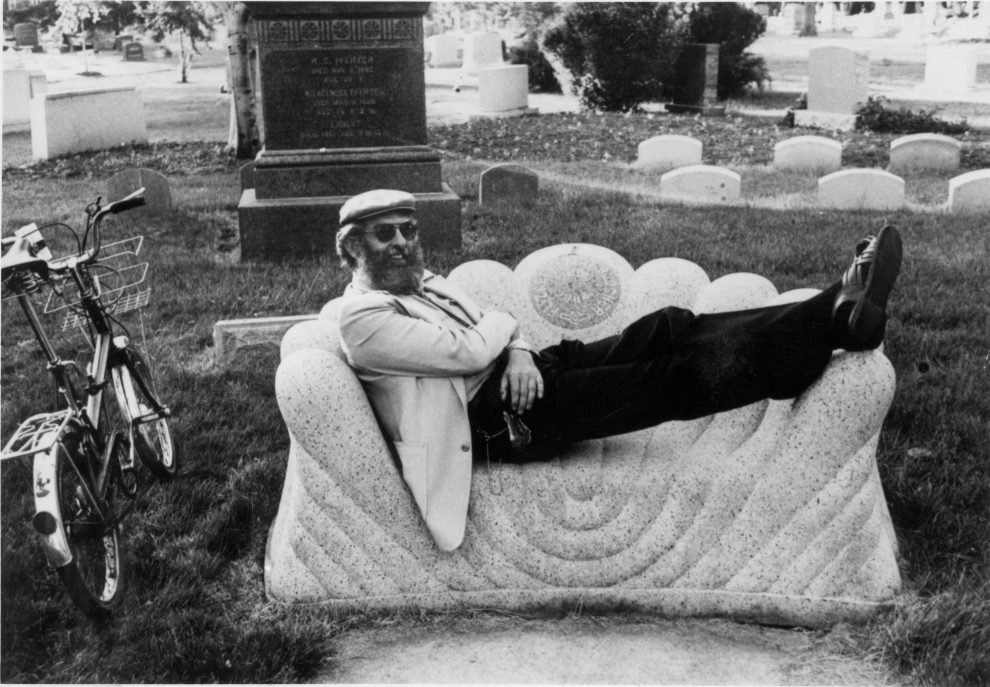An expanded & ‘polished’ version of Banham’s doctoral thesis, his first published book returned to the history of European Modern architecture many pioneers omitted from Pevner’s account for aesthetic or political reasons – most notably the Futurists.
Guide to Modern Architecture (1962)
Critical survey of the work of the 20th century’s most iconic architects.
The New Brutalism (1966)
This book defines ‘Brutalist’ architecture more widely than is currently in vogue.
An Amazon review: “Banham writes with key insider knowledge about the origin and development of New Brutalist architecture. He doesn’t mean the gloriously made poured-concrete hulks that have largely been dynamited, but the ubiquitous glass-and-steel office rectangles (dimensions of a pack of cards) that litter most post-50’s British town centres, reskinned in ugly cladding, swathed in phone masts, untenanted and awaiting demolition.
This is the story of their day in the sun.”
Theory and Design in the First Machine Age – Second Edition (1967)
Revised version of Banham’s first published book (1960) that had returned to the history of European Modern architecture many pioneers omitted from Pevner’s account for aesthetic or political reasons – most notably the Futurists.
Architecture of the Well-tempered Environment (1969)
A survey of the impact of innovations in building mechanical services on European & American Modern architecture.
Although widely used as a history of building mechanical services in the late 19th. & early 20th. centuries this was not Banham’s intention; that book has yet to be written.
Los Angeles: The Architecture of Four Ecologies (1971)
Somewhat controversial at the time of publication, it remains the most widely-read & recommended text explaining the history & urban structure of Los Angeles.
In print with Penguin for 30 years (instantly recognisable by David Hockney’s ‘A Bigger Splash’ adorning the cover), it is now published by the University of California Press.
The Aspen Papers: Twenty Years of Design Theory from the International Design Conference Aspen (1974)
Edited by Banham
Age of the Masters: A personal View of Modern Architecture (1975)
Updated Guide to Modern Architecture
An Amazon review: “That Banham knew or met many of the Architects in this book (Gropius, Aalto, Stirling, Mies) only adds to the personal flavor of the criticism. Far from uniformly positive, the book does show a basic love of Modern Architecture & all its contradictions. From Mies to Bruce Goff to Aalto to the penguin house in the London Zoo (an hilarious review), Banham covers the spectrum well & with an ever so slightly jaundiced eye. Great & opinionated.”
Megastructure: Urban futures of the recent past (1976)
Surveying a movement that would inspire architects, fantasists, and filmmakers alike.
An architectural concept as alluring as it is elusive, as futuristic as it is primordial, Megastructure is what it sounds like: a vastly scaled edifice that can contain potentially countless uses, contexts, and adaptations. Theorized and briefly experimented with in built form in the 1960s, megastructures almost as quickly went out of fashion in the profession. Banham’s 1976 book compiled the origin stories and ongoing mythos of this visionary movement, seeking to chart its lively rise, rapid fall, and ongoing meaning.
Design by Choice (1981)
Collected essays on design and popular culture.
Edited by Penny Sparke
Scenes in America Deserta (1982)
Banham steps aside from his familiar role as an architectural historian and confesses himself a delighted, intrigued, but puzzled visitor to the arid lands of the American Southwest.
What delights Banham most is visual pleasure, and this book is first and foremost a celebration of the pure visual response of a four-wheeled voyeur.
What intrigues him is the works of man – the ancient pueblos and the modern observatories, the fantasies of Las Vegas and the Spanish missions, Frank Lloyd Wright and Paolo Soleri.
What puzzles him is his response as the archetypal British tourist – the discovery that the desert is beautiful in his eyes in a way that no other landscape has ever been. This unsettling discovery sends Banham on a search for the roots of this response.
Architecture of the Well-tempered Environment – Second edition (1984)
Expanded & revised survey of the impact of innovations in building mechanical services on European & American Modern architecture.
Although widely used as a history of building mechanical services in the late 19th. & early 20th. centuries this was not Banham’s intention; that book has yet to be written.
A Concrete Atlantis: U.S. Industrial Building and European Modern Architecture (1986)
Banham examines a number of striking architectural instances where aspects of the International Style are anticipated by US industrial buildings.
The Visions of Ron Herron (1994)
A comprehensive review of the work of the architect Ron Herron, a founder member of Archigram, this text concentrates on the evolution of conceptualization and graphic presentation of the numerous projects by means of CAD techniques.
Contemporary Architecture of Japan 1958-1984 (1995)
Co-authored with Hiroyuki Suzuki
A Critic Writes: Essays by Reyner Banham (1996)
Selected essays & articles by Reyner Banham, edited by Mary Banham, Paul Barker, Sutherland Lyall & Cedric Price
